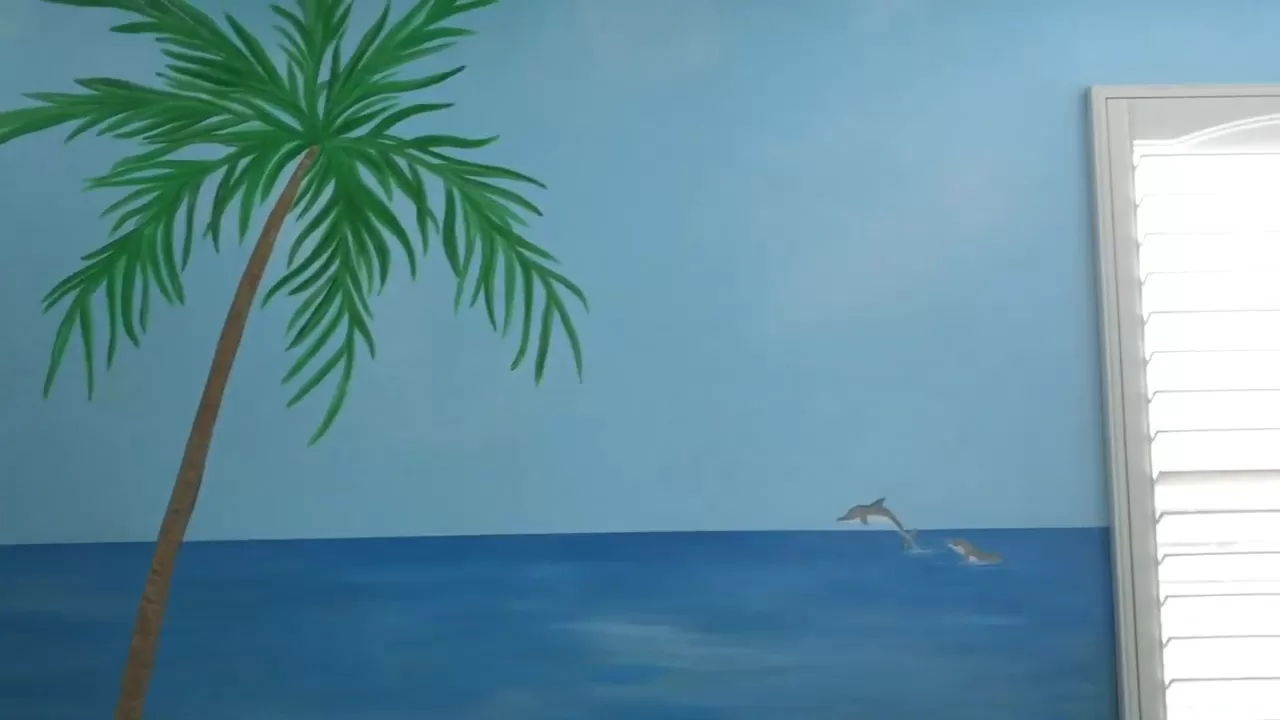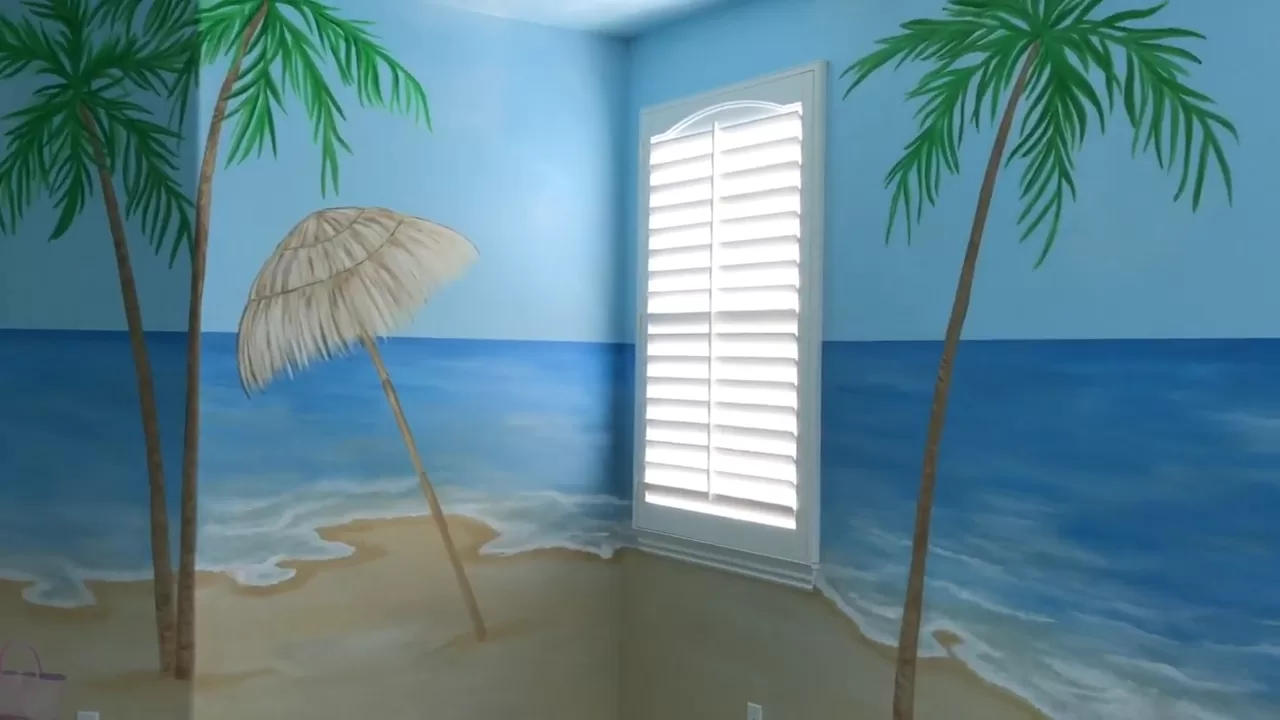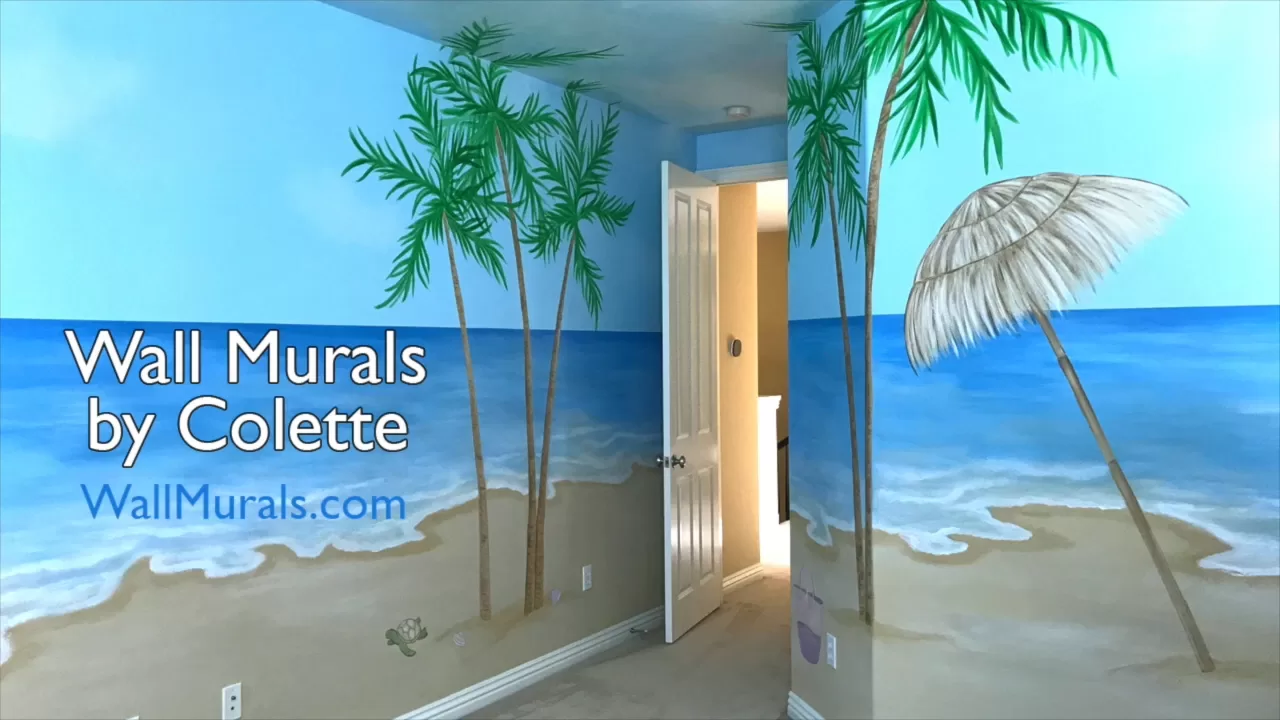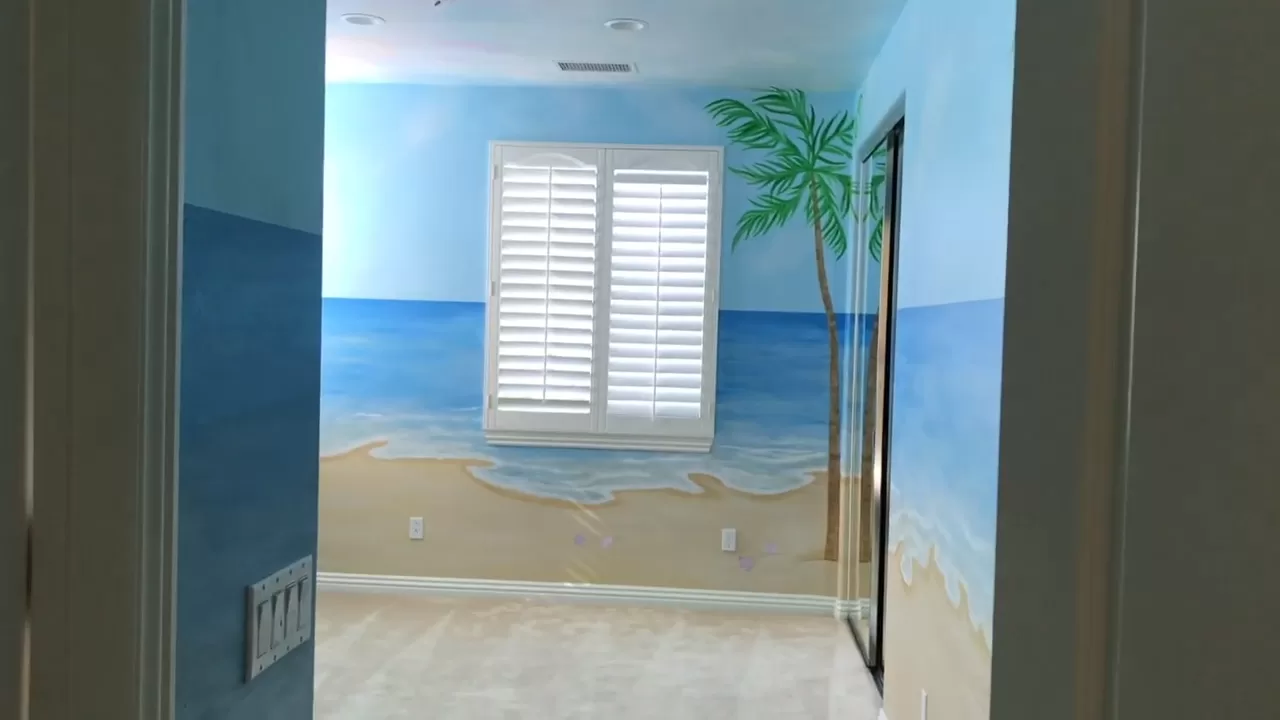Design that endures rarely begins with color—it begins with calm. A room that breathes is one where texture, light, and rhythm share equal weight. Start with a palette that feels honest: soft whites, sand, straw, and linen-washed beige. Let sunlight spill across matte finishes, not polished surfaces; the way light diffuses through a sheer curtain or glides over woven fibers creates its own quiet. When a home feels too rigid, loosen it with tactile contrasts—hand-woven throws, pale wood frames, raw clay ceramics. Nothing should look forced; the goal is effortless serenity.
To carry that mood beyond materials, turn to imagery that echoes open air and horizon. Coastal & nautical wall art works precisely because it doesn’t shout; it whispers in gradients of blue, gray, and ivory. Choose pieces with generous negative space—tidal lines, calm horizons, or abstract ocean layers. These subjects give the eye somewhere to rest while still inviting depth. For proper balance, hang a single statement piece above a sofa or bed measuring roughly two-thirds to three-quarters the furniture width, keeping its center near 145 cm from the floor. The canvas should sit where you naturally look when seated or standing, not higher.

A low-glare surface preserves clarity in daylight, so the image retains its softness even in bright rooms. Beach-inspired palettes pair best with unpolished oak, rattan, or brushed metal; the less gloss, the more authentic the effect. Think of it as building atmosphere rather than adding ornament. Each detail—the rope texture of a basket, the uneven edge of handmade linen—contributes to a composition that feels alive but still tranquil. When you can almost hear the waves, the décor has done its job.
Once calm is established, a space risks becoming too still. Energy belongs there too—motion, instinct, imperfection. That’s when the natural world steps in. Wildlife wall art bridges serenity with character, turning quiet interiors into places with pulse. A close-cropped heron, a whale’s fin breaking the surface, or the confident gaze of a lion can shift an entire mood. The presence of an animal—real or stylized—introduces eye contact and rhythm. It pulls attention without overwhelming it.

Composition matters: minimalist homes favor portraits framed tightly on neutral backgrounds, while rustic interiors welcome broader landscapes with gentle earth tones. If combining several canvases, leave 5–8 cm between edges; this spacing allows each image to breathe. Repeating a single frame finish—oak for warmth, black for definition, white for freshness—keeps the grouping coherent. Align tops or centers at the same visual height (again, about 145 cm) to create an easy sightline.
Wildlife imagery does more than decorate; it connects. A horse in motion conveys grace and freedom, a pair of cranes serenity and longevity. These associations resonate subconsciously, giving viewers something to feel, not just see. The key is restraint: one dominant piece supported by quieter companions—a landscape, a neutral textile, a sculptural plant form—so that movement has space around it.

Textures play a secondary but crucial role. Against the smoothness of a painted wall, the suggestion of fur, feather, or hide adds depth. Pair the artwork with natural finishes: unvarnished timber, coarse linen, or stone. Use warm side-lighting rather than overhead glare; shadows should echo the contours within the piece, enhancing that organic energy.
When combined, these two moods—shoreline calm and untamed vitality—mirror the balance every home seeks. The sea represents pause and renewal; the wild stands for curiosity and drive. Together they tell a story: a dwelling rooted in peace yet alive with spirit. Start the journey with breathable neutrals and marine abstraction; complete it with the strength and motion of living forms.
What emerges is not a themed room but an evolving environment. You can feel the tide recede and return, sense the quiet watch of a creature nearby. Art becomes the conversation between stillness and life. And that, more than trend or palette, is what keeps a space human—steady, vivid, and always in motion.



